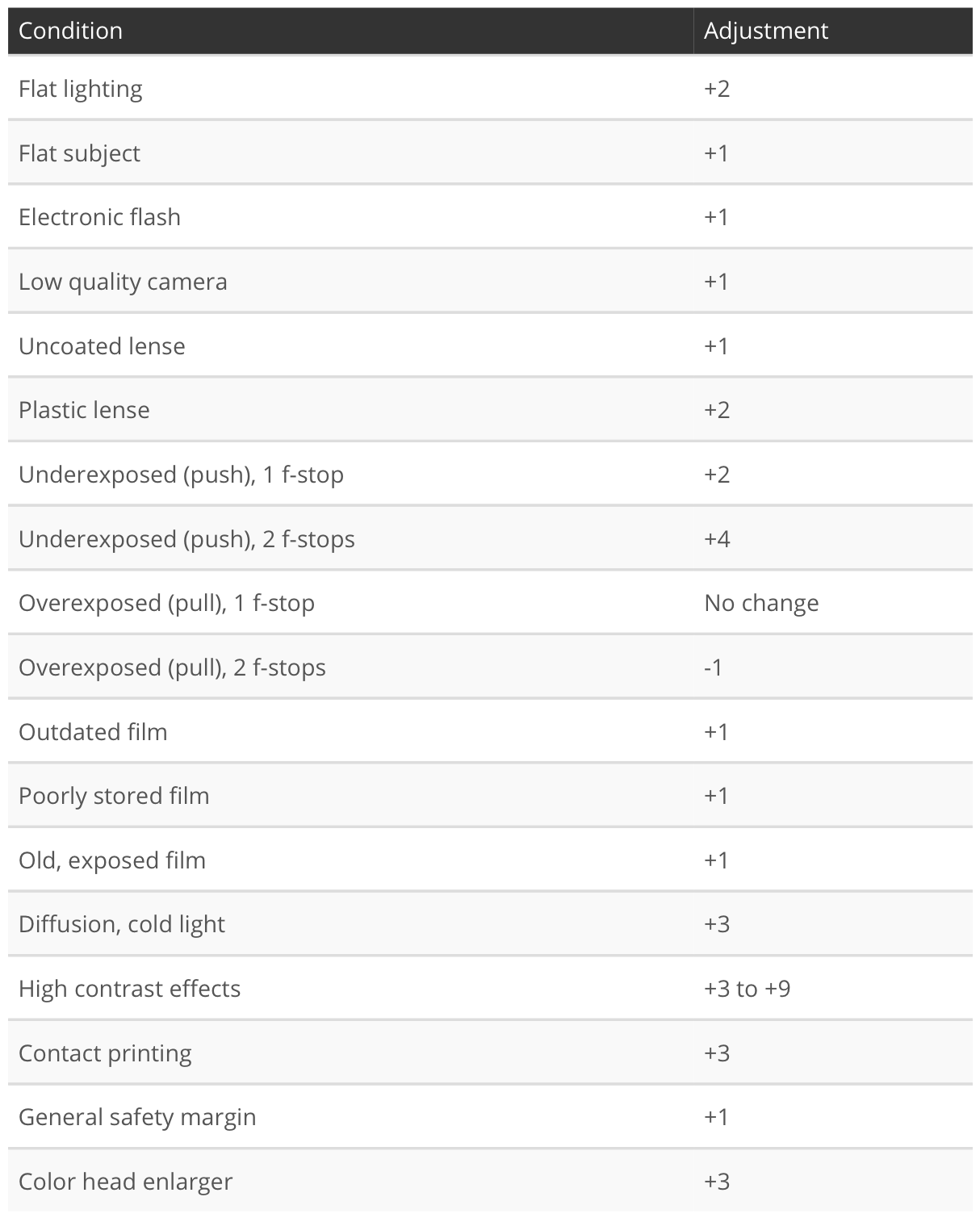Dusty Negative
Subscriber
I'm excited to present you, based on absolutely no popular demand whatsoever, this side-by-side comparison of Sprint Standard and Kodak HC-110 (new formula)!
"But, Why? Who cares?" - Well, perhaps just me, because I started my still-young darkroom career using HC-110 and Ilford fixer & wash, but after a few months slowly slid into purchasing exclusively Sprint products during the pandemic because, frankly, they had everything available in one convenient location during a time when there always seemed to be *something* out of stock at B&H, Adorama, and Freestyle. So, to stop the madness of a different brand each for developer, fixer, wash for film and print, I started purchasing everything from Sprint.
Now that life has begun anew (er, rather, now that we are recklessly willing ourselves towards that end) I figured I would finally take the time to do a comparison of the two. And, my oh my, have I learned a thing or two. In no particular order:
1. I now think I understand acutance. Goodness, what a difference. Standard has none in comparison to HC-110.
2. However, Standard does an amazing job maintaining highlights.
3. Additionally, Standard also "controls" (or perhaps inhibits is a better word?) grain.
4. Having said #1, #2, and #3, the images developed with Standard certainly lack pop. You will decide whether that's good or bad.
Methodology:
* large beauty dish metered to f16.
* Sheila, my model, agreed to stand perfectly still during the entire shoot.
* Mamiya RB67 with Sekor 180mm.
* From left to right, f5.6, f8, f11, f16, f22, f32
* Image on left is Sprint Standard. Image on right is HC-110
* Ignore the numbering - it made sense to me at the time but ended up being largely pointless. Yes, I know, they are backwards on the Sprint frames, because I wrote them on the non-emulsion side, then wrote on emulsion side for Kodak.
* Images scanned with my Canon EOS R6, emulsion-side up.
* Exact same settings (only two) applied to each image in C1, to wit, 1. invert, then 2. stretch out the histogram a bit.
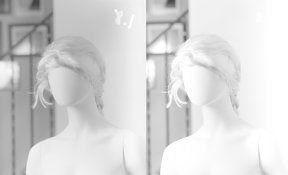
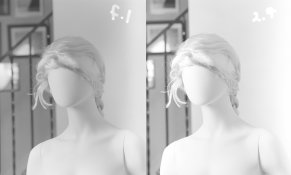
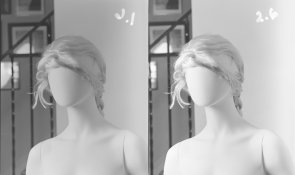
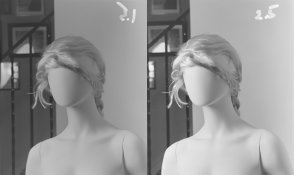
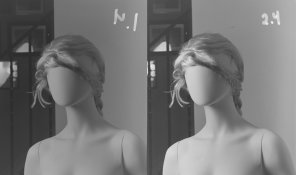
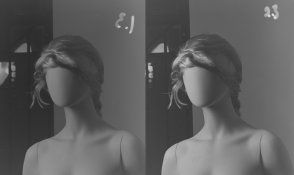
"But, Why? Who cares?" - Well, perhaps just me, because I started my still-young darkroom career using HC-110 and Ilford fixer & wash, but after a few months slowly slid into purchasing exclusively Sprint products during the pandemic because, frankly, they had everything available in one convenient location during a time when there always seemed to be *something* out of stock at B&H, Adorama, and Freestyle. So, to stop the madness of a different brand each for developer, fixer, wash for film and print, I started purchasing everything from Sprint.
Now that life has begun anew (er, rather, now that we are recklessly willing ourselves towards that end) I figured I would finally take the time to do a comparison of the two. And, my oh my, have I learned a thing or two. In no particular order:
1. I now think I understand acutance. Goodness, what a difference. Standard has none in comparison to HC-110.
2. However, Standard does an amazing job maintaining highlights.
3. Additionally, Standard also "controls" (or perhaps inhibits is a better word?) grain.
4. Having said #1, #2, and #3, the images developed with Standard certainly lack pop. You will decide whether that's good or bad.
Methodology:
* large beauty dish metered to f16.
* Sheila, my model, agreed to stand perfectly still during the entire shoot.
* Mamiya RB67 with Sekor 180mm.
* From left to right, f5.6, f8, f11, f16, f22, f32
* Image on left is Sprint Standard. Image on right is HC-110
* Ignore the numbering - it made sense to me at the time but ended up being largely pointless. Yes, I know, they are backwards on the Sprint frames, because I wrote them on the non-emulsion side, then wrote on emulsion side for Kodak.
* Images scanned with my Canon EOS R6, emulsion-side up.
* Exact same settings (only two) applied to each image in C1, to wit, 1. invert, then 2. stretch out the histogram a bit.












